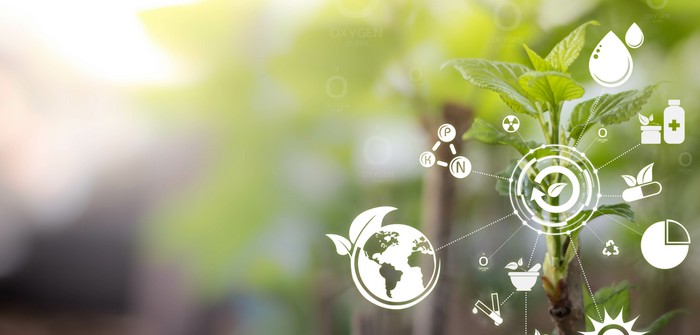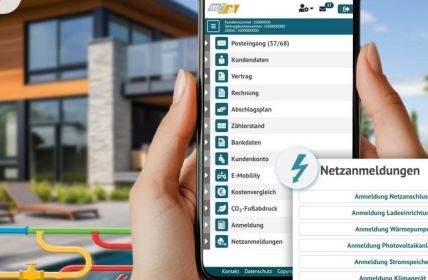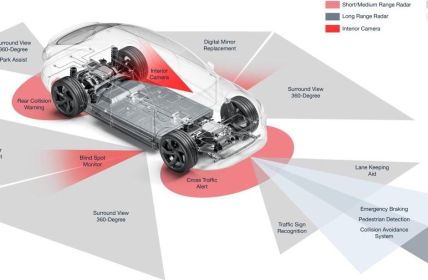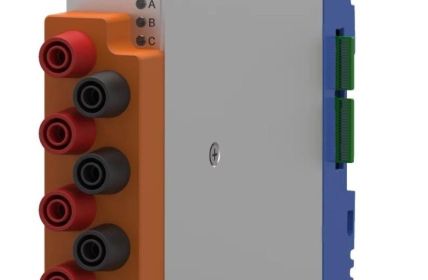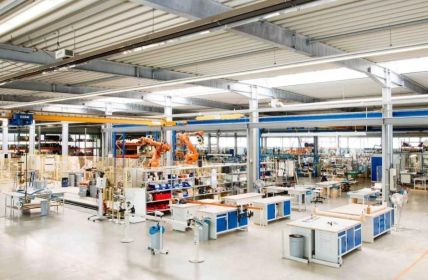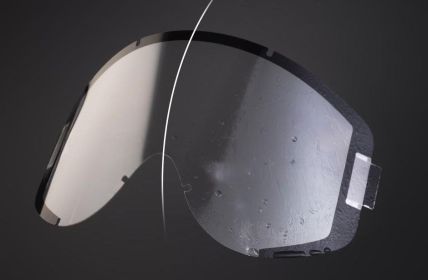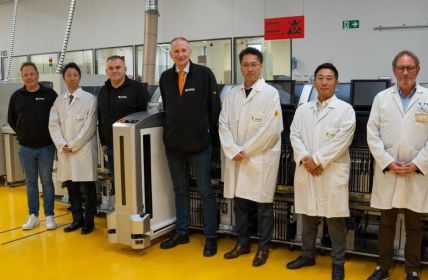The city of Frankfurt and the University of Hohenheim near Stuttgart, together with other partners, are developing a concept to curb the constant waste of water in the irrigation of trees. The goal is to find an IoT solution that is geared to the actual needs of the plants.
Table of Contents: What awaits you in this article
Water wastage in arid regions
Measurements show that, especially in the increasingly hot periods, cities are wasting water that they themselves have not had for a long time. Many of them are already tapping into the groundwater reserves of the surrounding mostly rural communities that have been saved for years. In addition, this scarce resource is often wasted on useless things. Investigations have shown that this water is often used to irrigate green areas, which usually do not need it because they have enough moisture themselves. And instead of extra for it put off existing rain or service water supplies, assigned Dienstleister rather use more expensive drinking water. Nevertheless, thousands of trees die every year from lack of water. Preserving and perhaps even expanding the current stock would not only make a significant contribution to biodiversity. Trees are also essential for human health in terms of cooling, shade, air filtration, and mental health.
Intelligent irrigation against waste of resources
In order to prevent this currently unsustainable waste of a resource that is also becoming increasingly scarce in Germany, a consortium of botanists, computer scientists, waste disposal companies and municipal institutions has launched a project. The aim is to test intelligent ways of optimizing urban water consumption in the future. Participants include the University of Hohenheim, Frankfurter Entsorgungs- und Service GmbH (FES), IoT-Concepts GmbH, clickbar, the FIM Research Center, the Fraunhofer Wirtschaftsinformatik Projektgruppe, as well as the Palmengarten and Frankfurt’s Parks Department.
IoT solution for determining demand
For the first tests, saplings from trees were buried together with sensors, among other things. These modules will not only help determine the actual moisture in the soil. Some of the measuring devices also provide information on how much water, and with what force, trees can draw from the soil via their roots during the growth process. The data generated in this way is transmitted via a special radio network to computer systems, which can then be used to develop models for optimizing water consumption. At present, there is no automated solution for generating and processing the values. Until this can be realized, the findings will be made available to people for further use.
Millions of liters of potential savings through IoT
If German cities continue to adhere to their conventional model of tree supply, this would continue to lead to massive overwatering. Current plans call for each tree to receive a certain amount of water, regardless of whether or not it has enough left. However, if more pioneers like Frankfurt were to follow suit, current estimates based on this pilot project suggest that millions of liters of precious water could be saved annually.


